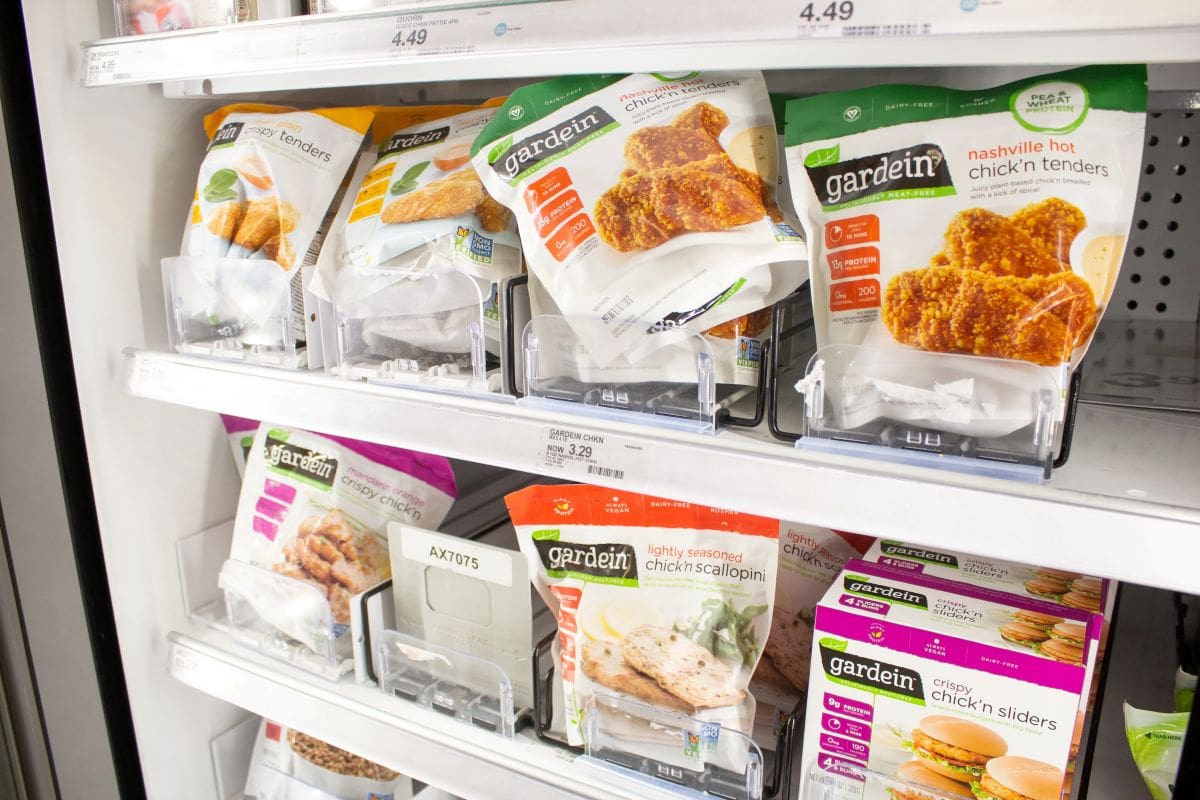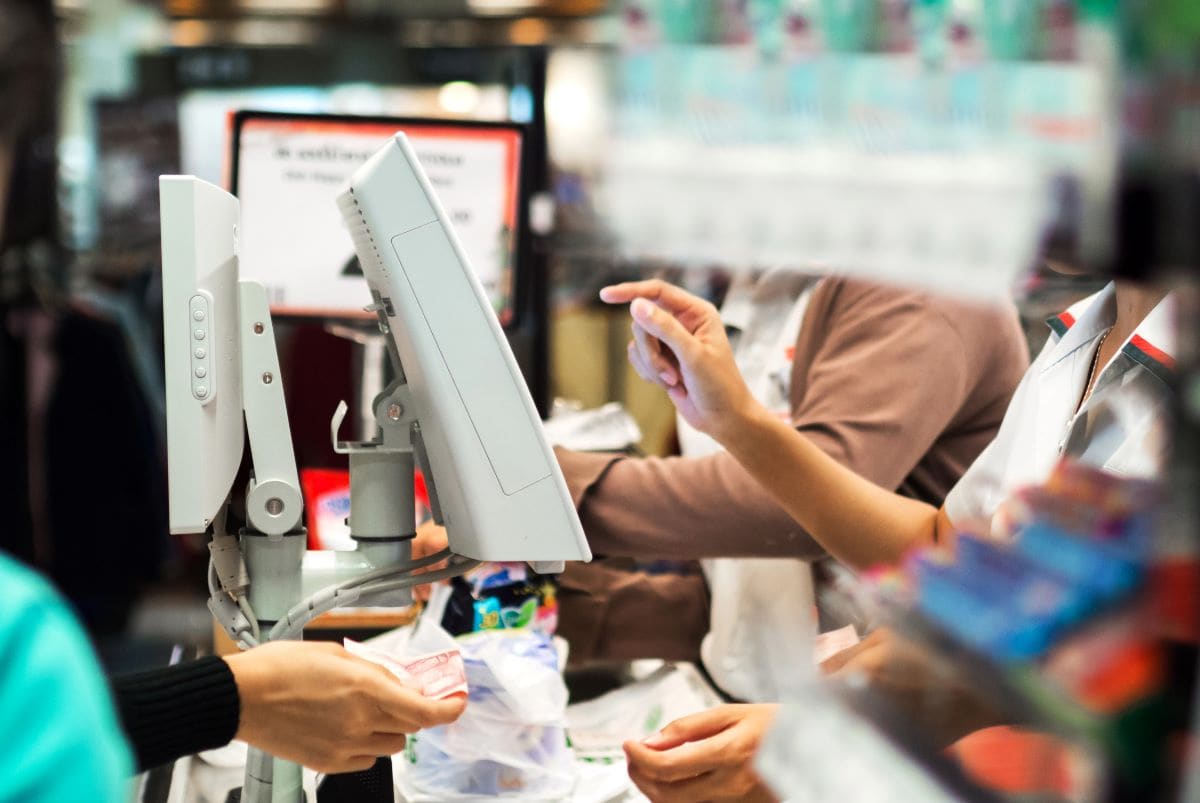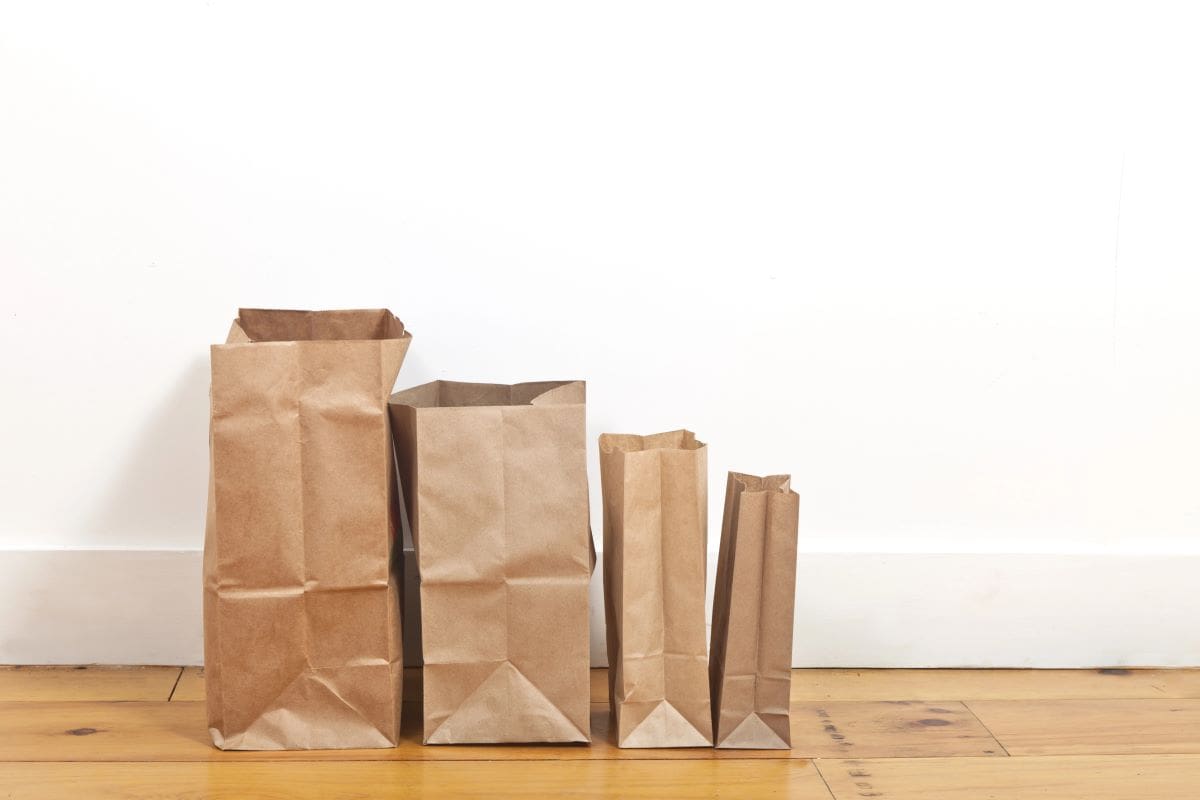This post may contain affiliate links which means I will get a commission if you make a purchase at no additional cost to you. As an Amazon Associate I earn from qualifying purchases. Please read my disclosure for details.
While today’s grocery stores offer endless aisles and self-checkout lanes, there’s a charm to the way things used to be.
In the 1970s, shopping felt more personal, prices were lower, and the experience was refreshingly simple. Looking back, it’s clear that grocery stores of that era had some real advantages over today’s crowded, high-tech scenes.
Prices were Actually Affordable

WANT TO SAVE THIS RECIPE?
The cost of groceries in the 1970s was dramatically lower, and shoppers could leave with a full cart without draining their wallets. Basic staples like eggs, milk, and bread were consistently cheap and easy to find. Inflation was real, but it hadn’t yet turned grocery shopping into a budget-busting task.
Smaller Stores Meant Faster Trips

Instead of navigating massive superstores, shoppers could get in and out quickly with exactly what they needed. Aisles were shorter, layouts were simple, and nothing felt overwhelming. This made quick stops and routine errands far less stressful and time-consuming.
Cashiers Did All the Work

No self-checkout stations or digital screens were demanding your attention. Friendly cashiers rang up every item, bagged your groceries, and often remembered your name. The human connection and helpful service made a routine task feel more like a community experience.
Fewer Choices Meant Easier Decisions

The shelves weren’t flooded with fifty brands of the same product, which made shopping faster and less stressful. Boomers didn’t need to scan endless varieties of ketchup or cereal to pick the best one. Simpler selections meant less decision fatigue and more time for real life.
Paper Bags were the Norm

Before plastic took over, grocery stores packed items into sturdy paper bags that stood up on their own. They were easy to carry, easy to reuse, and didn’t clog up landfills in the same way. The classic brown paper bag is now a nostalgic symbol of a time when packaging felt more practical.
Clerks Actually Knew the Products

Store employees in the 1970s were trained to know the store inside and out, and they were happy to help. You didn’t need to search for answers or rely on apps to find the peanut butter aisle. Staff were often longtime employees who cared about their job and their customers.
Related Post: 10 Unbelievable Food Show Feuds That Shook The Culinary World
Sales were Simple and Honest

You didn’t need loyalty apps, digital coupons, or confusing tiered memberships to get a good deal. Sales were clearly marked with big signs and didn’t require scanning your phone or downloading anything. A deal was a deal, and shopping didn’t require a smartphone.
Related Post: 10 Fast Food Chains That Surprisingly Offer Vegan Meals
Kids Got to Ride in the Cart

Shopping was a family affair, and kids got to ride in the front seat of the cart without stares or judgment. Stores even had special carts with steering wheels or character designs to keep children entertained. The experience was fun for everyone, not just another chore.
Related Post: 11 Restaurants Where The Food Isn’t The Only Thing You’ll Want To Snap
Music Set a Relaxed Mood

Soft background music or gentle radio tunes gave stores a calm, friendly vibe that made shopping pleasant. There were no loud ads playing over speakers or overwhelming sound effects. It was an atmosphere that made you want to linger instead of rush.
Related Post: 10 Food Show Cooking Hacks That Will Change The Way You Cook Forever
Locally Sourced Meant Actually Local

Produce, dairy, and meats often came from nearby farms and local distributors, not massive global suppliers. Shoppers had better connections to their food and knew where it came from. Supporting local agriculture wasn’t a trend, it was just the way things were done.
Related Post: 13 Grocery Stores That Disappeared But Everyone Still Talks About
No One was in a Rush

Grocery shopping in the 1970s moved at a gentler pace, with fewer people glued to their phones or racing through the aisles. Shoppers took time to chat, compare prices, and actually enjoy the outing. The whole experience felt less like a race and more like a community ritual.
Related Post: 14 Grocery Chains Americans Trust More Than The Government
Sign up now to receive our exclusive e-cookbook filled with top-rated recipes for FREE!
While technology and convenience have transformed modern stores, the ‘70s offered a grocery experience that was simpler and more human. With better prices, friendlier staff, and less stress, it’s no wonder many look back fondly. Some things may have improved, but others were perfect just the way they were.
Disclaimer: This list is solely the author’s opinion based on research and publicly available information.
11 Southern Grocery Stores That Aren’t Worth The Hype According To Shoppers

Southern grocery stores have long been beloved for their charm, southern hospitality, and unique offerings. However, not all of them live up to the hype they’ve built over the years. While some shoppers enjoy the convenience, others feel that certain stores fail to deliver the quality and value expected.
Read it here: 11 Southern Grocery Stores That Aren’t Worth The Hype According To Shoppers
How to Save $100+ Every Month at the Grocery Store

From planning your meals to avoiding sneaky upcharges in the snack aisle, here’s a realistic guide to trimming your food budget without adding stress to your week.
Read it here: Things Moms Waste Money On (and Don’t Even Know It)
Is Walmart+ Still Worth It in 2025? The Truth After 3 Years

Is the new Walmart Plus worth the annual fee or is it just another failed version of Amazon Prime? I spent my own money trying this service out for 12 months and counting. I have a lot to say about the benefits and drawbacks in this Walmart+ honest review.
Read it here: Is Walmart+ Worth It? Honest Review 3 Years Later!
You’ll love these related posts:
